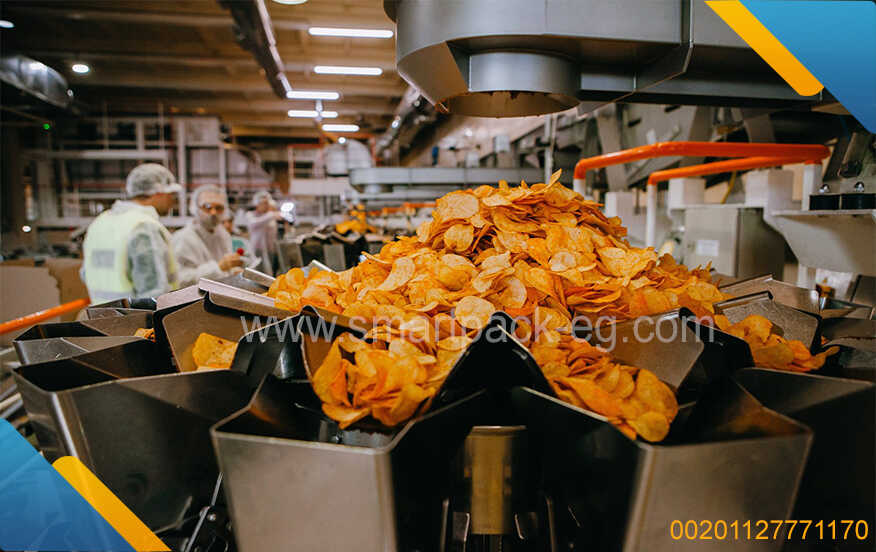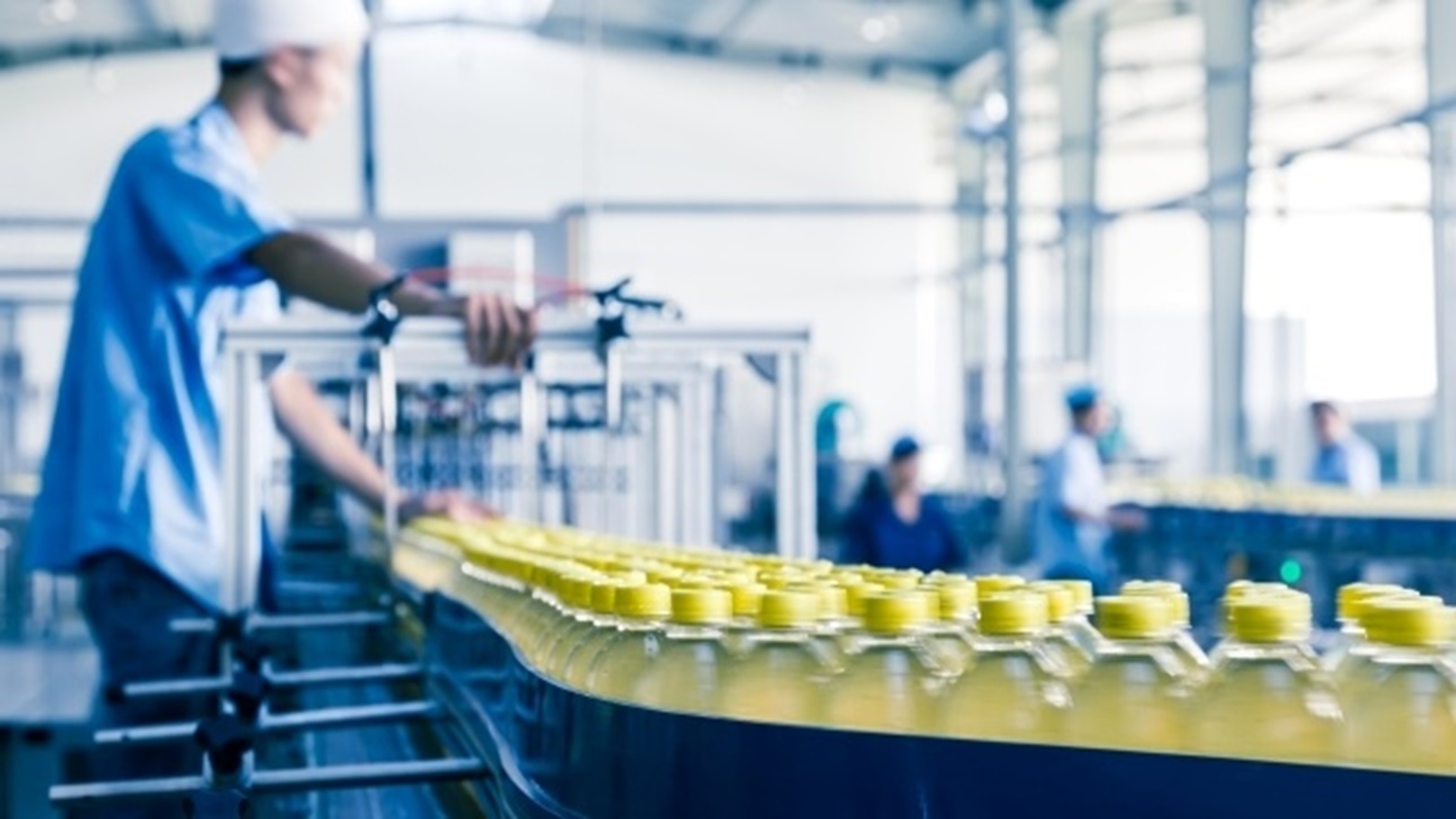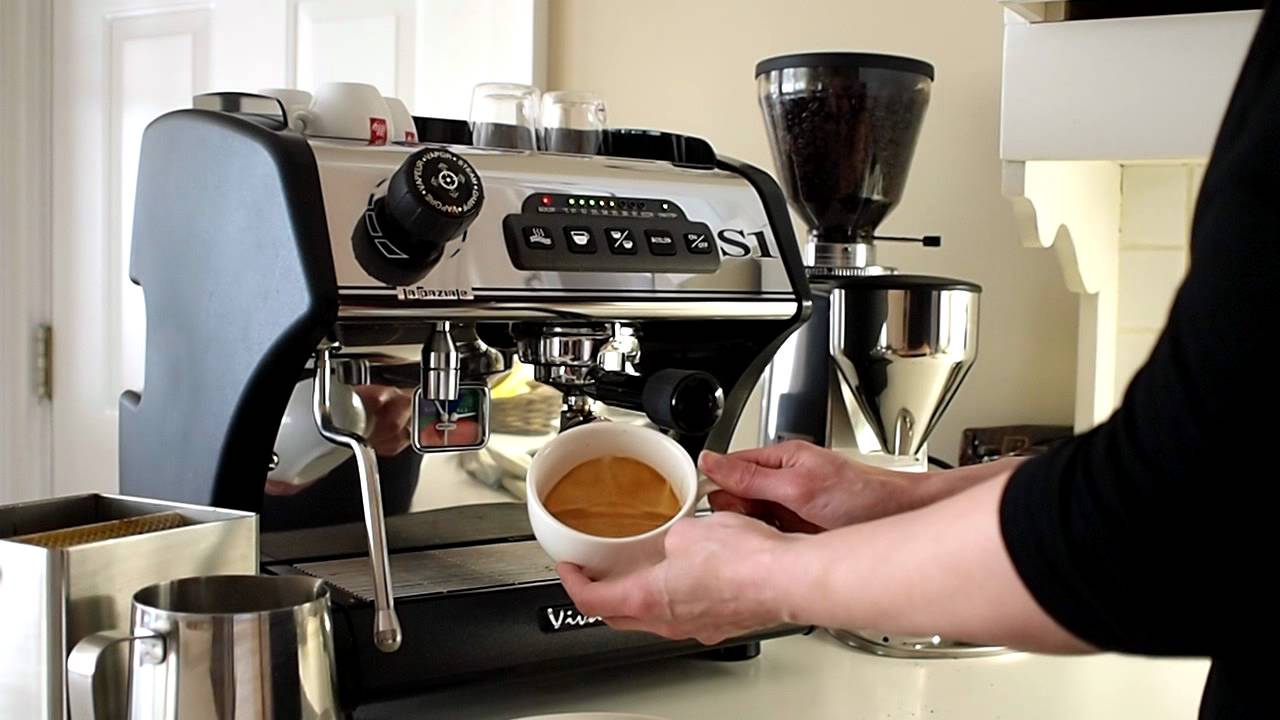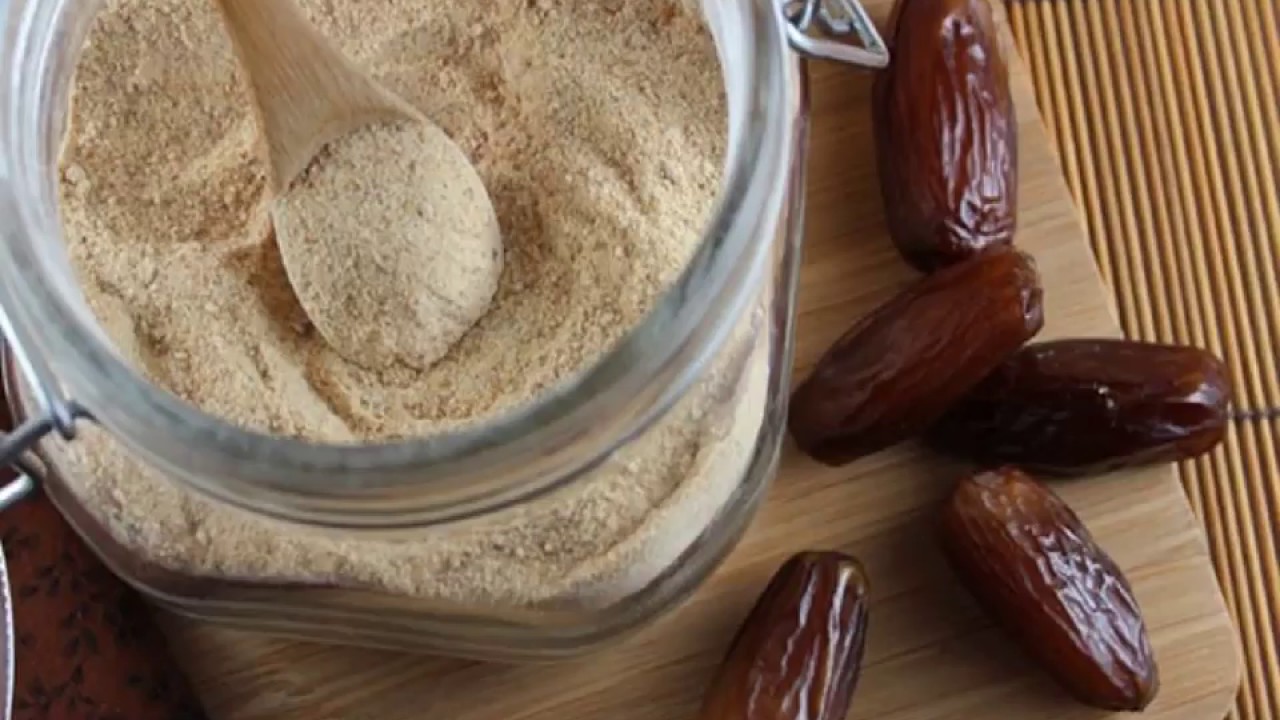How To Guide: Liquid Filling and Packaging Line
Introduction:
Setting up a liquid filling and packaging line requires careful planning and attention to detail. This guide will walk you through the essential steps to create an efficient and effective production line for liquids. From selecting the right equipment to quality control measures, we've got you covered.
Step 1: Determine your production requirements
Before setting up a liquid filling and packaging line, assess your production needs. Consider factors such as the volume of liquid to be filled, packaging type, and desired output. This will help determine the capacity and speed requirements of your equipment.
Step 2: Select the appropriate machinery
Choose reliable equipment that matches your production requirements. Key machines for a liquid filling and packaging line include:
-
Liquid Filling Machine: Opt for one that is suitable for your liquid type (viscous or non-viscous). Consider factors like accuracy, filling speed, and easy changeover between different bottle sizes.
-
Capping Machine: Ensure the capping machine can handle different cap types and has adjustable torque settings for consistent sealing.
-
Labeling Machine: Choose a machine that can handle various label shapes and sizes with precision.
-
Packaging Machine: Determine whether you need a bottle packaging machine or a pouch packaging machine depending on your product requirements.
Step 3: Create an efficient layout
Design a layout that promotes smooth workflow and optimizes productivity. Arrange the machines in a logical sequence, ensuring ease of movement and accessibility for operators. Consider incorporating conveyors for seamless material handling.
Step 4: Establish quality control measures
To maintain product integrity, implement quality control measures throughout the process. Conduct regular checks on fill levels, cap tightness, label accuracy, and package integrity. Integrate automatic rejection systems to remove defective products from the production line.
Step 5: Train your staff
Provide comprehensive training to your staff on operating the liquid filling and packaging line. Emphasize safety procedures and best practices to avoid accidents and ensure consistent quality output.
Step 6: Create standard operating procedures (SOPs)
Develop SOPs for each machine, clearly outlining the steps for setup, maintenance, changeovers, and troubleshooting. This will help streamline operations and minimize downtime.
Step 7: Optimize maintenance schedule
Regular maintenance is crucial to prevent breakdowns and extend the lifespan of your equipment. Establish a maintenance schedule that includes routine cleaning, lubrication, and equipment inspection. Conduct preventive maintenance to identify and resolve potential issues before they cause major disruptions.
Conclusion:
Setting up a liquid filling and packaging line requires careful planning and attention to detail. By following these steps – determining production requirements, selecting suitable machinery, creating an efficient layout, implementing quality control measures, training staff, creating SOPs, and optimizing maintenance – you can establish a streamlined and reliable production line for liquids. Remember to measure and adjust processes continuously to improve efficiency and productivity.

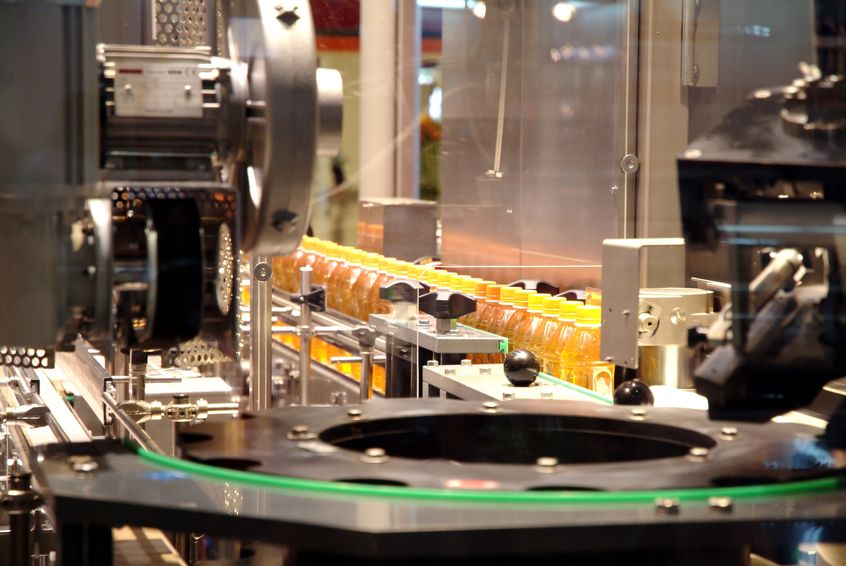
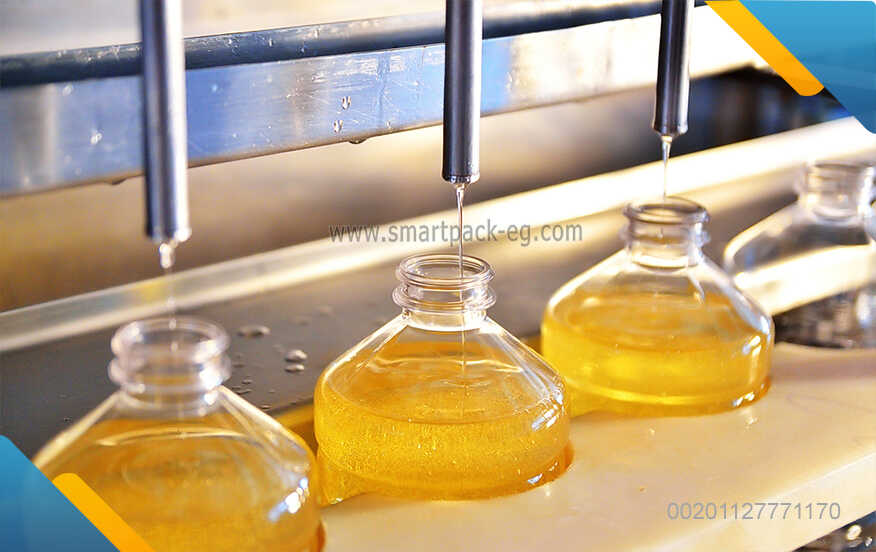
 Admin
Admin 